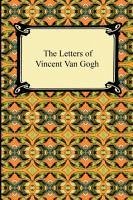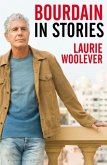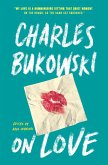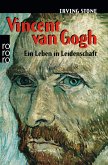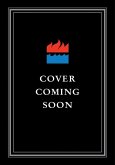Though completely unappreciated during his lifetime, Vincent Van Gogh (1853-1890) is one of the most recognizable names in the art world today. Though it would make sense that Van Gogh's life would be greatly undocumented, this is not the case. "The Letters of Vincent Van Gogh" is a collection of the correspondences between Van Gogh and his brother, Theo, that gives an incredibly enthralling look into the life of this genius. Tormented by loss of religious faith, poverty, and lack of success as a painter, Van Gogh also had bouts of elation, and every emotion on the human spectrum is illustrated in these letters. Some have described these letters as one of the most remarkable collections in the history of art or even literature: a truly invaluable compilation.
Bitte wählen Sie Ihr Anliegen aus.
Rechnungen
Retourenschein anfordern
Bestellstatus
Storno

